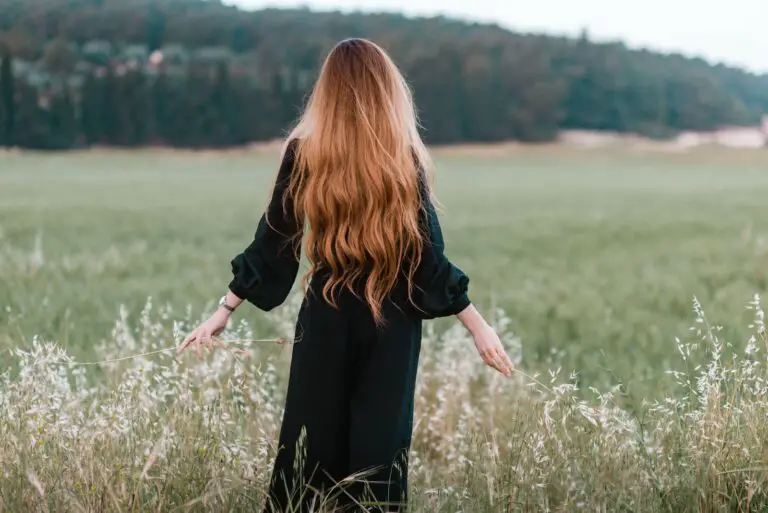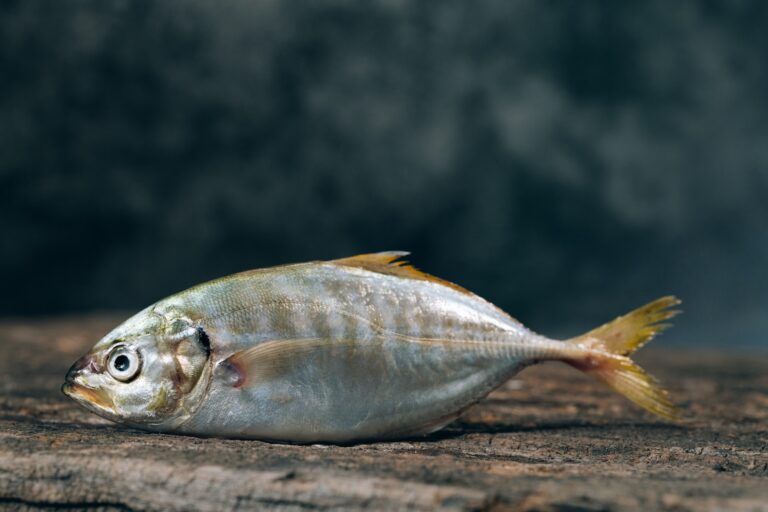Exploring the Significance of Dreamcatchers: A Guide to Their Origins and Symbolism
Dreamcatchers are a beautiful and intricate piece of Native American culture that have gained popularity around the world. These handmade hoops, woven with a web of string or sinew and adorned with feathers and beads, are believed to catch bad dreams and allow good dreams to pass through. But dreamcatchers are more than just a decorative item; they hold significant spiritual and cultural meaning for many Indigenous communities.
While the exact origin of the dreamcatcher is not known, it is generally believed to have originated with the Ojibwe people, an Anishinaabe tribe in North America. The dreamcatcher was traditionally used as a protective charm for infants and young children, hung above their beds to catch any bad dreams that might disturb their sleep. Today, dreamcatchers have become a popular symbol of spirituality and are often used in meditation and other spiritual practices.
In this article, we will explore the origins and symbolism of dreamcatchers, as well as their cultural significance. We will also discuss the different types of dreamcatchers and their meanings, as well as how to make your own dreamcatcher. Whether you are interested in the spiritual meaning behind dreamcatchers or simply appreciate their beauty and craftsmanship, this article will provide a comprehensive guide to this fascinating aspect of Native American culture.
Origins of Dreamcatchers
Dreamcatchers are believed to have originated with the Ojibwe people, an Anishinaabe tribe in North America. The exact origin of dreamcatchers is unknown, but it is believed that they were first created by Asibaikaashi, also known as the Spider Woman. Asibaikaashi was the custodian of all Ojibwe infants and adults, and she created the dreamcatcher to protect them from bad dreams and nightmares.
Native American Roots
The Ojibwe people believed that the dreamcatcher would catch bad dreams and allow good dreams to pass through. The dreamcatcher was traditionally made with a willow hoop, sinew, and feathers. The willow hoop represented the circle of life, and the sinew was woven into a web to catch bad dreams. The feathers were attached to the web to allow good dreams to flow freely.
The dreamcatcher was not only used by the Ojibwe people but also by other Native American tribes. Each tribe had its own unique way of creating the dreamcatcher, but the basic concept remained the same.
Cultural Significance
The dreamcatcher has become a popular symbol in modern culture, but it is important to remember its cultural significance. The dreamcatcher symbolizes protection and is a reminder of the importance of good dreams. It is also a symbol of Native American culture and heritage.
Misuse and exploitation of the dreamcatcher design are offensive to Indigenous people and dismissive of their value. It is important to respect the cultural significance of the dreamcatcher and use it appropriately.
In summary, dreamcatchers originated with the Ojibwe people and were created to protect them from bad dreams and nightmares. The dreamcatcher has become a popular symbol in modern culture but is a reminder of the importance of good dreams and a symbol of Native American culture and heritage.
Design and Symbolism
Dreamcatchers have a unique design that is both aesthetically pleasing and steeped in symbolism. The circular frame, web pattern, feathers, and beads all have their own significance in Native American culture.
Circular Frame
The circular frame of a dreamcatcher represents the circle of life and the cyclical nature of the universe. It is often made from willow branches or other natural materials and is left unbroken to symbolize the continuity of life.
Web Pattern
The web pattern in the center of the dreamcatcher is meant to catch bad dreams and allow good dreams to pass through. The web is traditionally made from sinew or other natural fibers and is woven in a circular pattern to represent the sun and the moon. Some dreamcatchers also have stones or gems woven into the web to represent the spider that created it.
Feathers
Feathers are a common adornment on dreamcatchers and are meant to represent the breath of life. They are often attached to the bottom of the dreamcatcher and move with the slightest breeze, symbolizing the interconnectedness of all things.
Beads
Beads are another common adornment on dreamcatchers and are meant to represent the spider that created the web. They are often woven into the web or attached to the feathers and are chosen for their colors and symbolic significance.
Dreamcatchers are a beautiful and meaningful symbol of Native American culture. Their design and symbolism have been passed down through generations and continue to inspire people all over the world.
Modern Use and Interpretations
Fashion and Decor
Dreamcatchers have become a popular decorative item in modern times. You can find them in various styles and sizes, ranging from small keychains to large wall hangings. They are often used as a statement piece in bohemian or rustic-themed rooms. Dreamcatchers can be made with a variety of materials, including feathers, beads, and even LED lights. They are also commonly used in jewelry, such as necklaces and earrings.
Spiritual and Healing Properties
In addition to their decorative use, dreamcatchers are believed to have spiritual and healing properties. Some people use them to ward off negative energy and promote positive energy in their living spaces. They are also used in meditation and dream work. It is believed that dreamcatchers can help filter out negative dreams and allow positive dreams to pass through, leading to a more peaceful and restful sleep.
Dreamcatchers are also used in various spiritual practices, such as shamanism. They are believed to have the power to connect the dreamer with their spirit guides and ancestors. Some people also use dreamcatchers to aid in manifestation and visualization practices.
Overall, dreamcatchers have become a popular item in modern times due to their versatility and unique aesthetic. Whether used as a decorative piece or for spiritual purposes, dreamcatchers continue to hold significance and meaning in many cultures around the world.
Controversies and Misuse
Cultural Appropriation
While dreamcatchers are a popular item in many homes and stores, they have caused controversy over the years. Some people feel that the use of dreamcatchers outside of Native culture is a form of cultural appropriation, particularly when non-Natives profit from the sale of Native-inspired crafts.
The Ojibwe people are credited with creating the first dreamcatchers, and the tradition has been passed down through generations. Dreamcatchers were originally made for infants and young children to protect them from bad dreams and nightmares. They were not meant to be a decorative item or a fashion statement.
Unfortunately, many non-Natives have taken the dreamcatcher and turned it into a trendy decoration without understanding its true significance. This has led to a rise in mass-produced dreamcatchers that lack the authenticity and cultural significance of the traditional Ojibwe dreamcatchers.
It’s important to remember that dreamcatchers are not just a pretty decoration. They hold deep spiritual and cultural significance for many Native American tribes. If you are interested in incorporating a dreamcatcher into your home, it’s important to do so in a respectful and culturally appropriate way. Consider purchasing from Native American artists or learning how to make your own dreamcatcher using traditional methods and materials.
Conclusion
Dreamcatchers have a rich history and cultural significance among many indigenous tribes. They are not just decorative items but serve as a symbol of protection and oneness. The intricate design of the dreamcatcher, including the web and feathers, has a deep meaning and purpose.
Through exploring the history and symbolism of dreamcatchers, we can gain a deeper understanding and appreciation for their significance. It is important to acknowledge and respect the cultural heritage of dreamcatchers and avoid appropriating or misusing them for aesthetic purposes.
If you are interested in incorporating dreamcatchers into your life, consider purchasing them from indigenous artists or learning how to make them yourself using traditional materials and techniques. By doing so, you can support the preservation of indigenous culture and honor the true meaning and significance of dreamcatchers.
Altogether, dreamcatchers are more than just beautiful decorations. They are a symbol of protection and oneness with a rich cultural history and significance. Let us continue to appreciate and respect the cultural heritage of dreamcatchers and their importance to indigenous communities.
Frequently Asked Questions
What is the spiritual significance behind dream catchers?
Dream catchers are believed to have a spiritual significance in Native American culture. They are thought to filter out bad dreams and allow good dreams to pass through. The good dreams are said to slide down the feathers to the sleeper, while the bad dreams are caught in the web and burned away by the morning sun.
What do the different parts of a dream catcher represent?
The different parts of a dream catcher have different meanings. The hoop represents the circle of life, while the web represents the spider’s web and is meant to catch bad dreams. The feathers are often used to guide good dreams to the sleeper.
Do different types of dream catchers have different meanings?
Yes, different types of dream catchers can have different meanings. For example, dream catchers with three hoops are said to represent the past, present, and future. Dream catchers with seven hoops are said to represent the seven teachings of the Grandfathers.
What do Native Americans believe about dream catchers?
Many Native Americans believe that dream catchers have a spiritual significance and can protect them from bad dreams and negative energy. They are often used in ceremonies and given as gifts to children.
What are some facts about dream catchers?
Dream catchers are traditionally made with willow hoops, sinew, and feathers. They were originally used by the Ojibwe tribe but have since been adopted by other Native American tribes and cultures. Dream catchers are now widely recognized as a symbol of Native American culture.
How have dream catchers evolved over time?
Dream catchers have evolved over time and are now made with a variety of materials and designs. They are often used as decorative items and can be found in many homes and stores. However, they still hold deep cultural and spiritual significance for many Native Americans.





